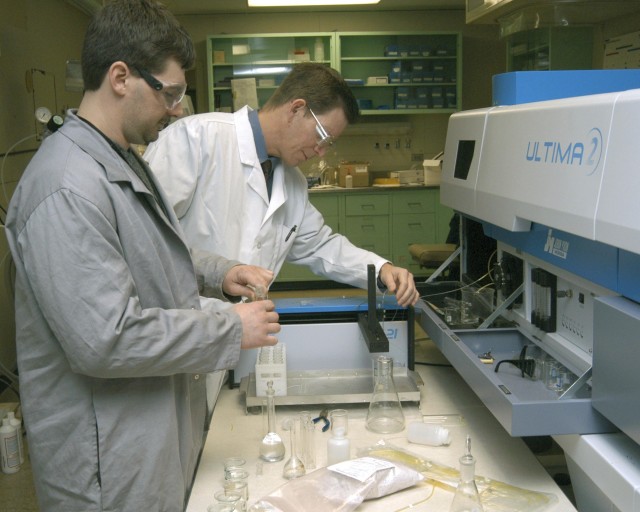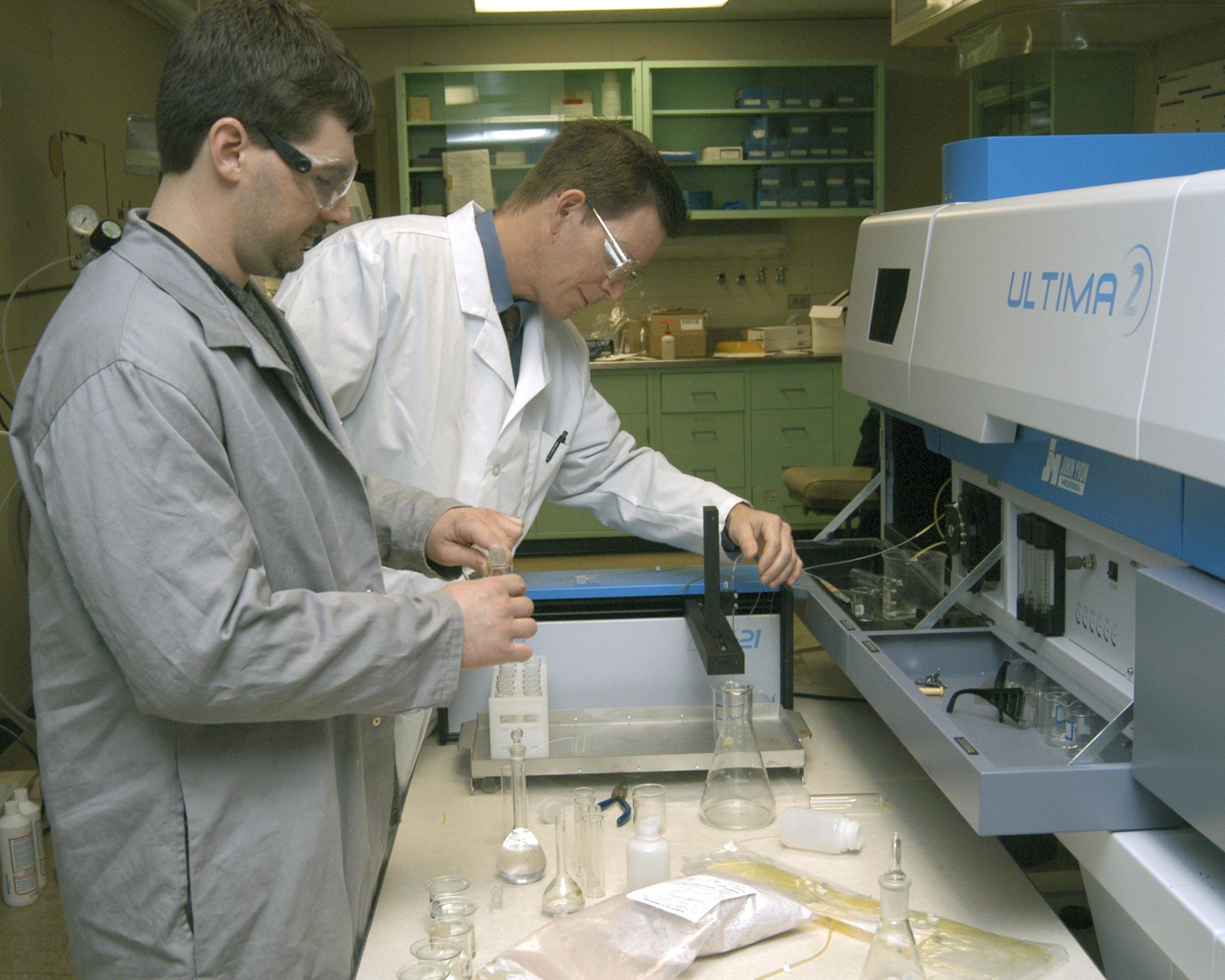PICATINNY ARSENAL, N.J. - Receiving the 2007 Malcolm Baldrige National Quality Award has magnified the new standard for the U.S. Army Armaments Research, Development and Engineering Center, a subordinate element of the U.S. Army Research, Development and Engineering Command.
ARDEC's Enterprise Excellence system has started to reshape the ARDEC culture at Picatinny Arsenal in New Jersey. Focusing on elements such as listening to the voice of their customers, Lean Six Sigma business practices and adhering to a Quality Management System, ARDEC, a government organization, has found itself contending with the best in private industry.
Enterprise Excellence is an initiative developed by the ARDEC Director, Dr. Joe Lannon and former Deputy Director, Col. John Merkwan, as part of a black belt Lean Six Sigma project. Enterprise Excellence integrates practices such as the Capability Maturity Model Integrated, and the International Organization for Standardization 9001. Enterprise Excellence integrates the Quality Management System, 'Voice of our Customer' concept and Lean Six Sigma to accomplish the mission and strategic objectives.
Through in-house business practices such as strategic workout sessions, Lean Six Sigma and Enterprise Excellence, ARDEC demonstrates a long-standing commitment to performance excellence and improvement in business practices. LSS project disciplines include engineering, production, business and management. The innovation in these areas has resulted in a number of significant successes.
ARDEC's LSS project successes include the Combat Ammunition Systems Provisional Evolutionary Restructure, which merged two program management offices while integration business practices. This merge saved ARDEC $210,000, from eliminating redundant positions. The Demil Enterprise Management Plan, another LSS project, saved and estimated $517,000 a year through the more efficient use of resources.
In 2000, ARDEC's initial burning platform involved a need to improve the quality of products, thus decreasing the number of critical defects that were escaping to the battlefield. Keeping the Warfighter in mind, a program manager began to implement Lean Six Sigma practices in his area of expertise. It worked.
The ARDEC leadership jumped aboard the Lean Six Sigma train in April 2001. The focus shifted from a reactive approach to business practices to a pro-active approach. ARDEC began renovating its business processes from the top down, through conducting black belt training for senior leaders.
"The key to the ARDEC culture change is getting the management buy in," said Bob Scott, deputy director of Quality Engineering and System Assurance to who the ARDEC Lean Six Sigma Competency Office reports to.
By June 2004, senior management was black-belt trained, and the Lean Six Sigma Competency Office was established. With leadership making an investment in the LSS thrust, this office began the process for the implementation of an in-house training system to green belt train each and every employee in the ARDEC family.
The LSS training program at ARDEC consists of three levels; green belt, black belt, master black belt.
The in-house green belt training consists of 72 hours of class instruction. At the green belt level, one must demonstrate knowledge of LSS methodology and tools through the successful completion of an approved project after the formal class instruction phase. This project should be work-related and approved by a supervisor.
Green belt training provides instruction in identifying opportunities where LSS can be helpful, improvement project execution, process control and improvement, Design for Six Sigma, and the tools of the Lean Enterprise.
To date, over 40 percent of the ARDEC community is green belt trained, according to the LSS Competency Office.
Black Belt trained personnel are capable of managing and leading improvement projects, coaching and mentoring green belts and providing just-in-time training on LSS tools and techniques. At this level, black belt students should have knowledge of advanced statistical techniques and tools and be capable of leading Enterprise level Projects.
Upon completion, black-belt students are knowledgeable of high-impact improvement projects, statistical software, and how to change organizational culture. As ARDEC works to change the way they do business, facilitating and encouraging a culture change is a slow but steady process; and it starts with middle management.
"The number one challenge ARDEC faced while implementing the training program was resistance from middle management," said Scott.
He spoke of the struggle for middle management to let go of the past way of doing things, and getting rid of the mentality, 'if it's not broke, why fix it.' He said communicating with the workforce was vital during the LSS transition.
"When you're in middle management, it's hard to focus on new concepts and innovating processes when you still have a deadline and goals to meet," said Scott. Educating the workforce on the importance and the benefits of implementing LSS helped remedy this issue.
Culture change takes time. More than six years ago, ARDEC initiated LSS to improve the quality of their processes and products that are delivered to the hands of the Warfighter. Now, through numerous green and black belt projects, ARDEC has reached many milestones, and the success of the Lean Six Sigma program was a major step in receiving the Baldrige Award.
"LSS provides ARDEC with a mechanism to solve problems in an effective and efficient manner and achieve continuous process improvement across the organization," said Scott. Another challenge included relieving some of the best ARDEC personnel from their current duties so they could assume full time black belt roles.
ARDEC is beginning the next phase in LSS implementation through Design for Lean Six Sigma, which will focus on early detection and prevention of business waste. In Design for Lean Six Sigma, ARDEC will work to prevent problems and provide breakthrough solutions to well defined requirements and move away from having to fix problems created in earlier phases. By solving problems at the conception of a process, an organization can avoid problems later in the process.
"Prevention is the key," said Scott. "As we move forward in LSS, if we can make our products and processes more robust, we will yield a more solid, efficient process in the middle and end of the process life-cycle. The benefits of doing this will dwarf the savings we get today from correcting problems."


Social Sharing